Farewell to an Elegant Fifth Avenue Home Where the Smart Set Dined
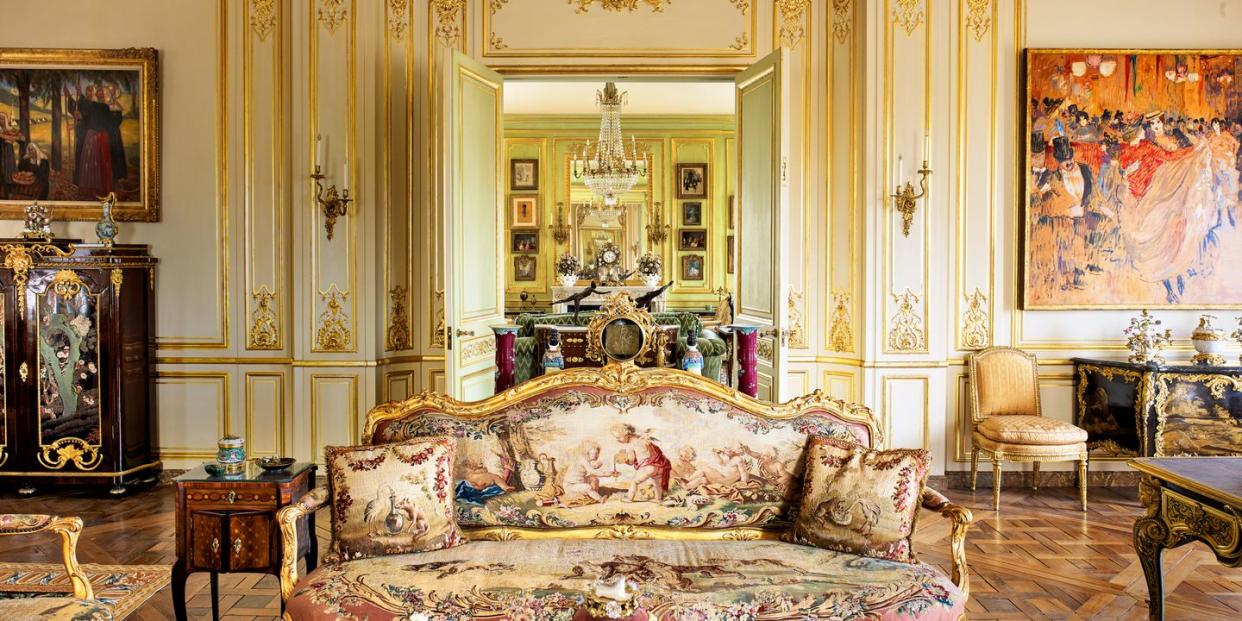
The apartment at 4 East 66th Street was an intellectual Hype House. On any given night in 1987, New York’s smart set might have seen—past the parquet de Versailles floor, and the Pissarro drawing, and the Degas sculpture—influencers from a bygone era footloose and fancy-free. In one corner, President Ronald Reagan and First Lady Nancy Reagan might have sipped champagne, while not too far away Andy Warhol took Polaroids from an 18th-century French settee. At dinner, usually for 40 in a dining room brimming with a king’s ransom in Meissen ceramics and pastoral murals, royals broke bread with bohemians and doctrinaires fraternized with libertines. In a room crackling with languages, culture was the lingua franca.
Presiding over the scene were the late Ezra and Cecile Zilkha, philanthropists and fixtures in New York City society for nearly seven decades. The home, and the parties they threw there, was their calling card.
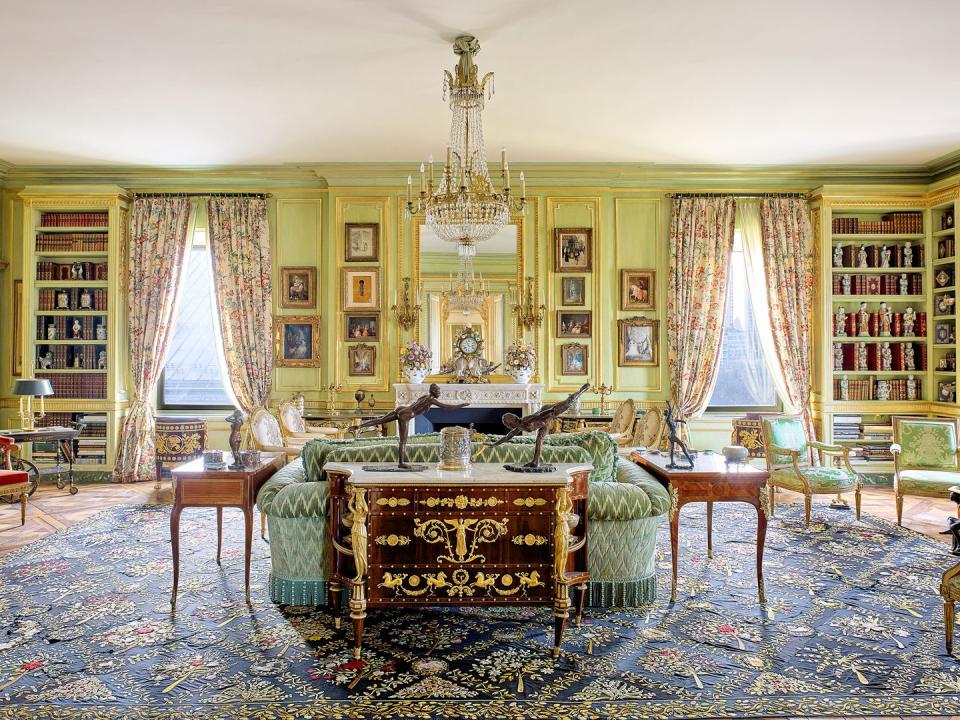
“I can’t tell you how many business deals were made here, or how many marriages probably began here too,” their daughter Bettina, a journalist who is the de facto custodian of the family legacy, said earlier this year, as she passed through the wide French doors between the north and south living rooms. “Our mother loved to bring people together; she was a genius at seating. For Brooke Astor’s 100th birthday the guest list included Michael Bloomberg, Barbara Walters, the Iranian empress Farah Pahlavi, Alan Greenspan, and Henry Kissinger. Another time, in Paris, she invited George Balanchine and the entire New York City Ballet for an informal buffet.”
When T&C visited to take these exclusive photographs, it was the last time the home would look as the Zilkhas intended. After Ezra died last year (Cecile had passed two years earlier), Bettina and her two siblings sold the apartment, and this month much of its contents, its priceless Impressionist art and 18th-century French furniture, will go under the gavel at Sotheby’s, an auction that is expected to rival in grandeur the one held for Lee Radziwill last year at Christie’s.
When we met, Bettina was taking a final tour before the furniture would be removed and renovations begun for the new owners, the financier J. Christopher Flowers and his wife Anne W. Flowers, who paid a record $43 million for the property, which is in the same building as an apartment belonging to billionaire Paul Allen. Bettina, her sister Donna (a lawyer), and their brother Donald (an investment banker) loved the family seat, she said, “but no one lives like this anymore.”
In fact, hardly anyone lived like that even then, as Warhol himself marveled in his diaries, in which he detailed “the crab meat in tomato aspic,” “flower arrangements up to the ceiling,” and “good wine, all served so beautifully.” “It was an old-fashioned kind of living. If this style of living goes on, it will be incredible. How can it last?”
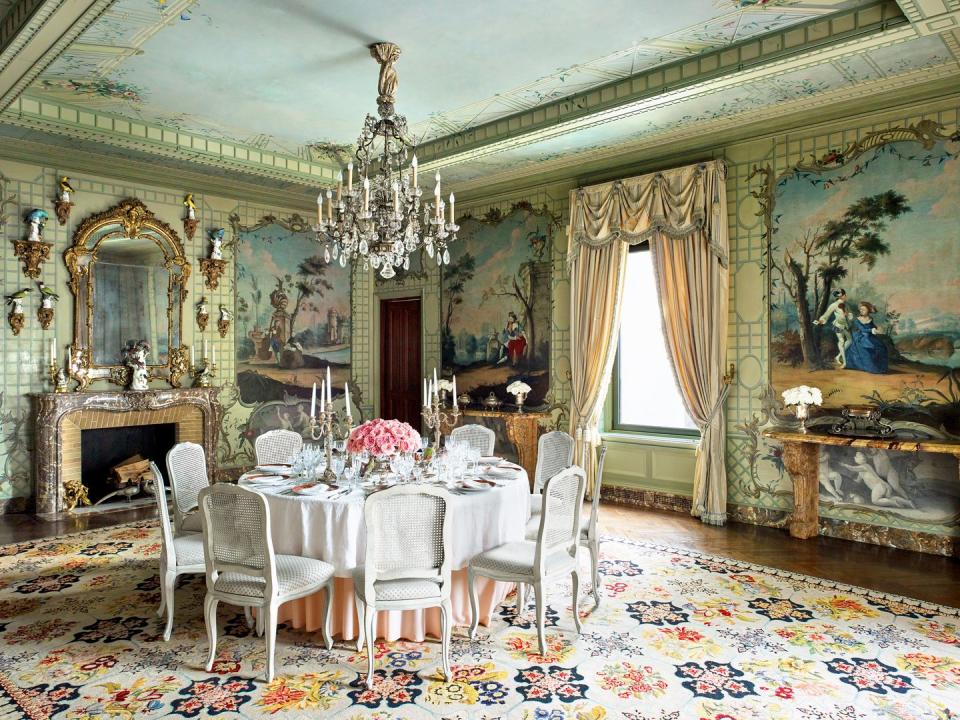
Ezra and Cecile met young (he was 24; she was 17) at a wedding at the Plaza in 1950, and they were married six weeks later; their parents had been longtime friends. Ezra’s father was a prominent Iraqi-Jewish figure in finance who founded K.A. Zilkha Maison de Banque, the first and largest private banking system in the Middle East before World War II. The family emigrated to the U.S. in 1942, founding a new company when the bank was expropriated in 1956. Ultimately Ezra was entrusted to run the family’s New York operations, which was renamed Zilkha & Sons.
Meanwhile, Cecile flourished as a patron of the arts, throwing herself most passionately at the Metropolitan Opera, where she eventually became vice chairman of the board and spearheaded the popular “Onstage at the Met” dinners. The couple shared a love of France and ardently supported the Lycée Français de New York, a private school, receiving distinctions from the French government. “There is an often recounted story from the Lycée’s early days,” says Stephan Haimo, president of the school’s board. “Ezra and several others agreed to give their personal guarantees on a bank loan to Lycée. When Ezra arrived, he realized he was the only one there, and he wound up giving the entire guarantee. You could count on Ezra 100 percent.”
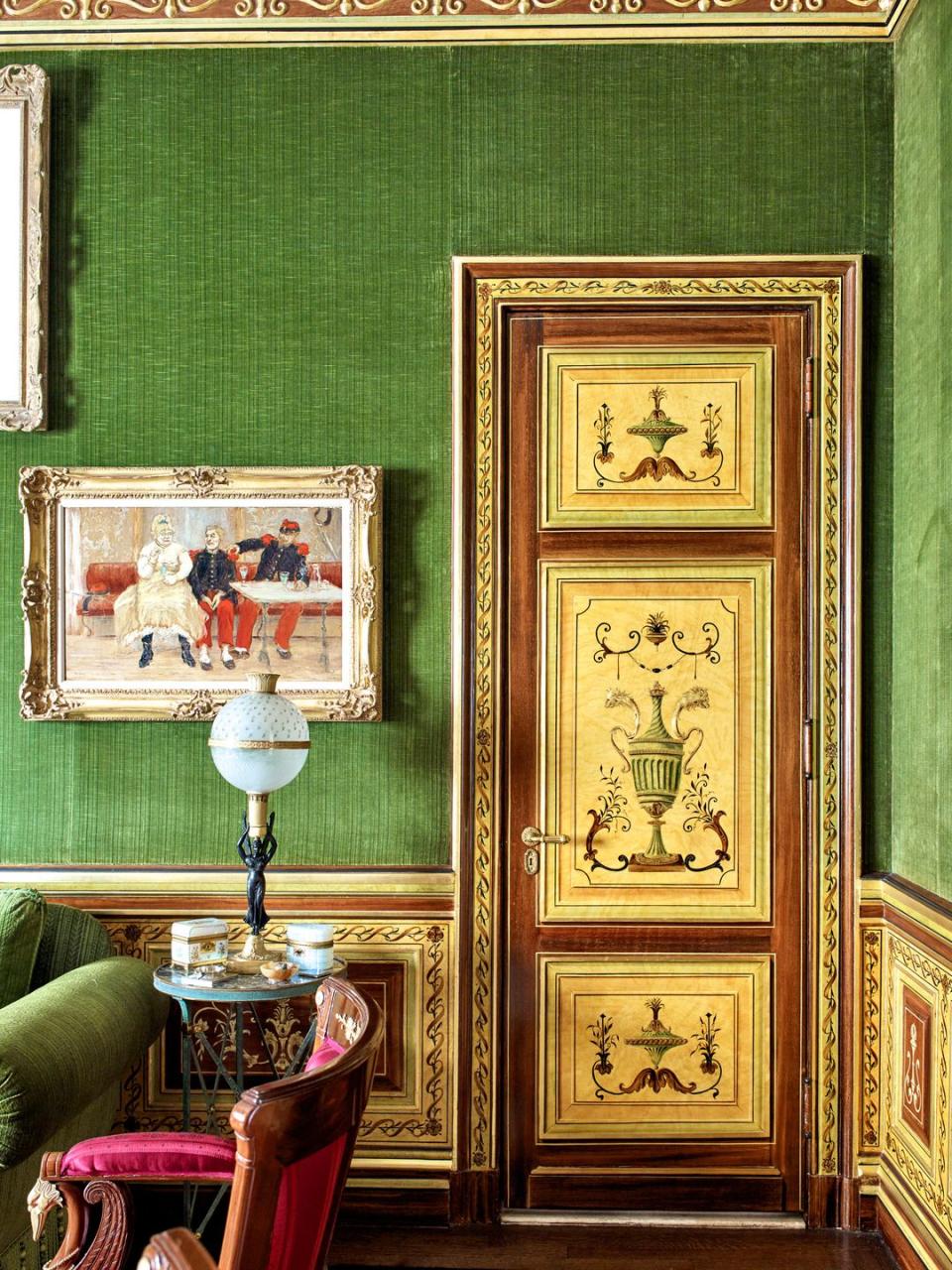
Their homes, on Fifth Avenue, in the Hamptons, and near the Elysée Palace in Paris, became modern-day salons for the business, political, and creative elites, each room shimmering with infinite riches thanks to Cecile and her perceptive collector’s eye. “She went to every museum, antiques shop, and château and became an expert in every style, from Louis XIV through Empire,” Bettina said. In the same way she meticulously pursued her precious acquisitions, Cecile studied the building on 66th Street long before an apartment became available. She dreamed of a hôtel particulier, and this space, with its superb views of Temple Emanu-El’s flying buttresses and Central Park, was where she would fully realize her Parisian ideal.
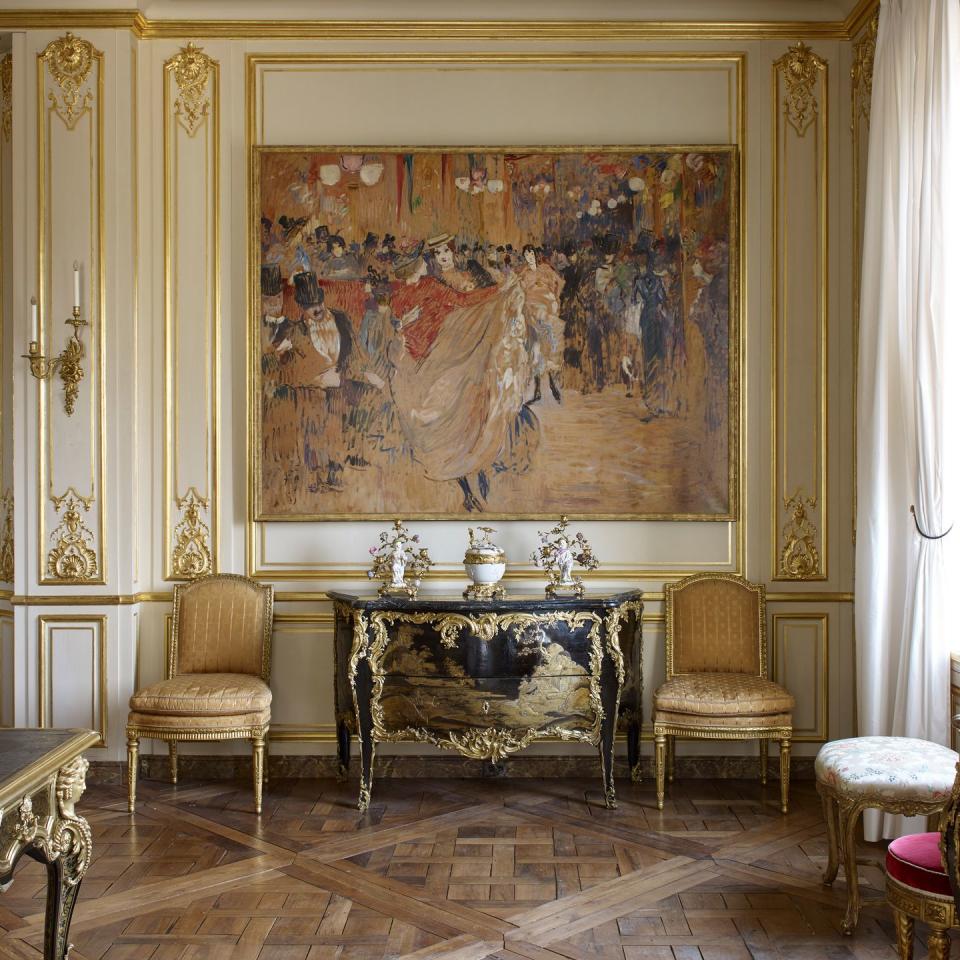
By the time Ezra and Cecile moved in, in the late 1980s, their children were grown and they had amassed an impressive collection, including a game table once owned by Marie-Antoinette, a sculpture by Rodin, and a portrait by Jean-Baptiste Le Prince. Many items were purchased from friends or acquaintances, such as the Bolivian art collector Jaime Ortiz-Patiño and the oil impresario C. Michael Paul. “Each acquisition was really a partnership,” Bettina said. “My mom always kept an eye on the market, and if she liked something she would invite my dad and they would go off together, usually in Paris, to learn firsthand.” Cecile enlisted the once sought-after interior designers Robert Denning and Vincent Fourcade, who were so revered in the ’80s and ’90s for their opulent Style de Rothschild decor they reportedly inspired the McCoys’ apartment in the film adaptation of Bonfire of the Vanities. But it was just a consultation; she did much of the decorating herself, confidently arranging the antiques and blue chip works to her taste.
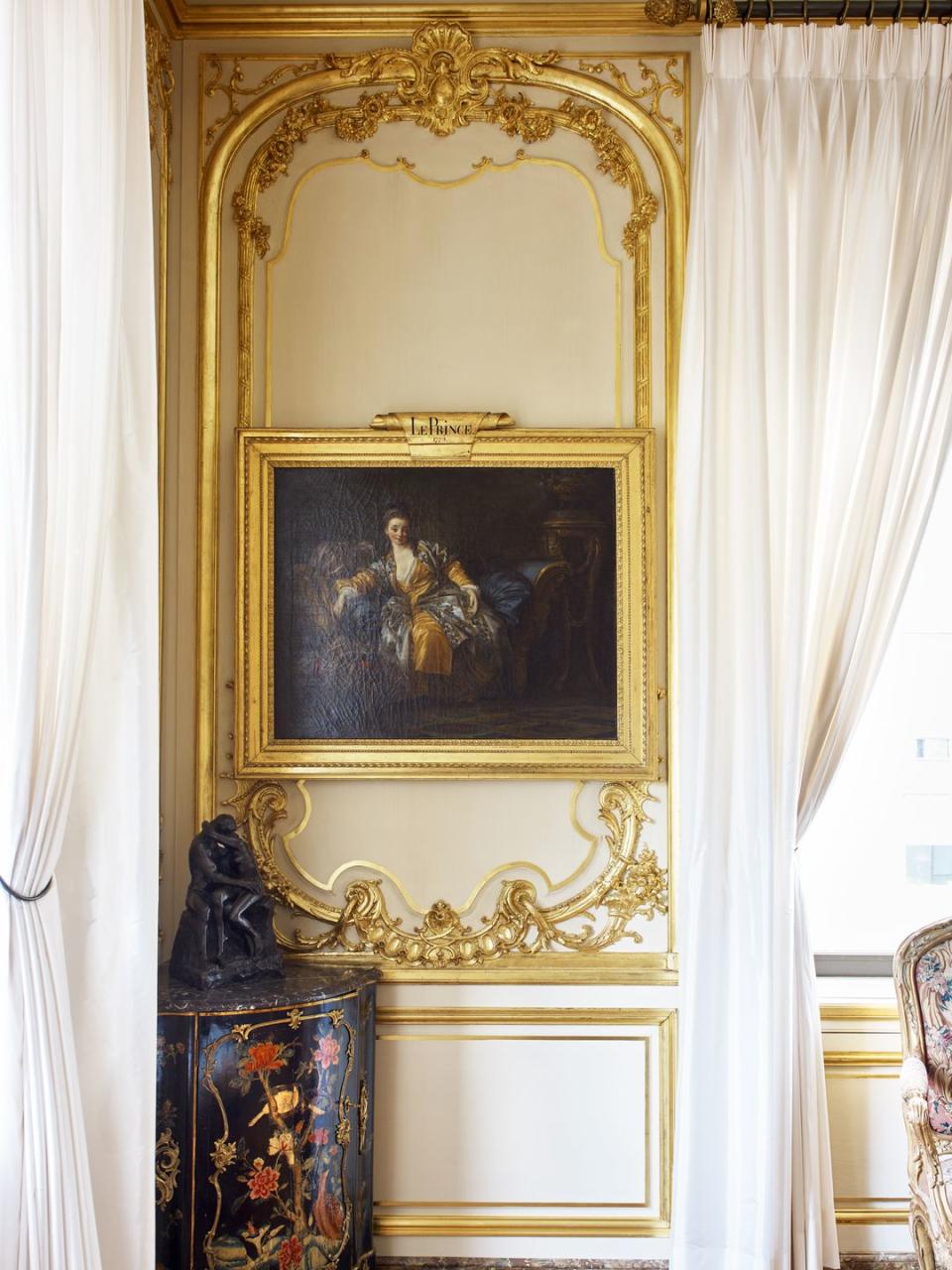
Ezra, an internationalist who sat on the Council on Foreign Relations, loved holding court in the rooms she created. Setting aside the Tom Wolfe–ready guest list and the ornate surroundings, the Zilkhas just relished entertaining. “It was like being transported to the Old World,” says the jewelry expert Prince Dimitri of Yugoslavia, who has known the Zilkha family since 1983. “I saw Estée Lauder for the last time when I was there. You felt you really had to prepare, to bring something of value when you went to their parties. It was very grand, but oddly enough very cozy at the same time. Even black tie dinners felt relaxed.
Bettina remembered the home differently. The enchantment was not in its objects and masterpieces but in quality time with Mom and Dad, who would tiptoe up to her on quiet nights and drolly ask, “Would you like to have a glass of champagne with me in the museum?”
This article appeared in the November 2020 issue of Town & Country. SUBSCRIBE NOW
Olivia Hosken is the Style & Interiors Writer at Town & Country magazine.
You Might Also Like


